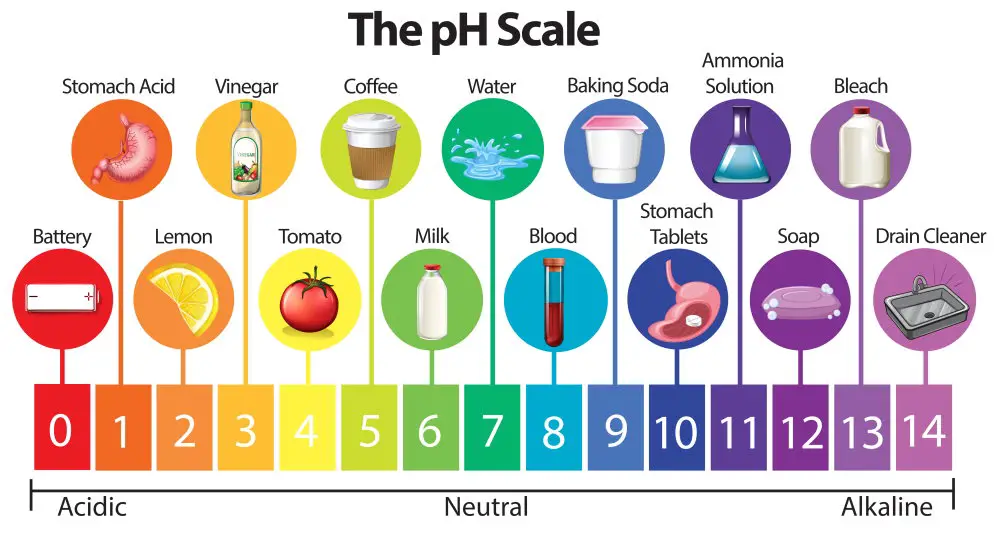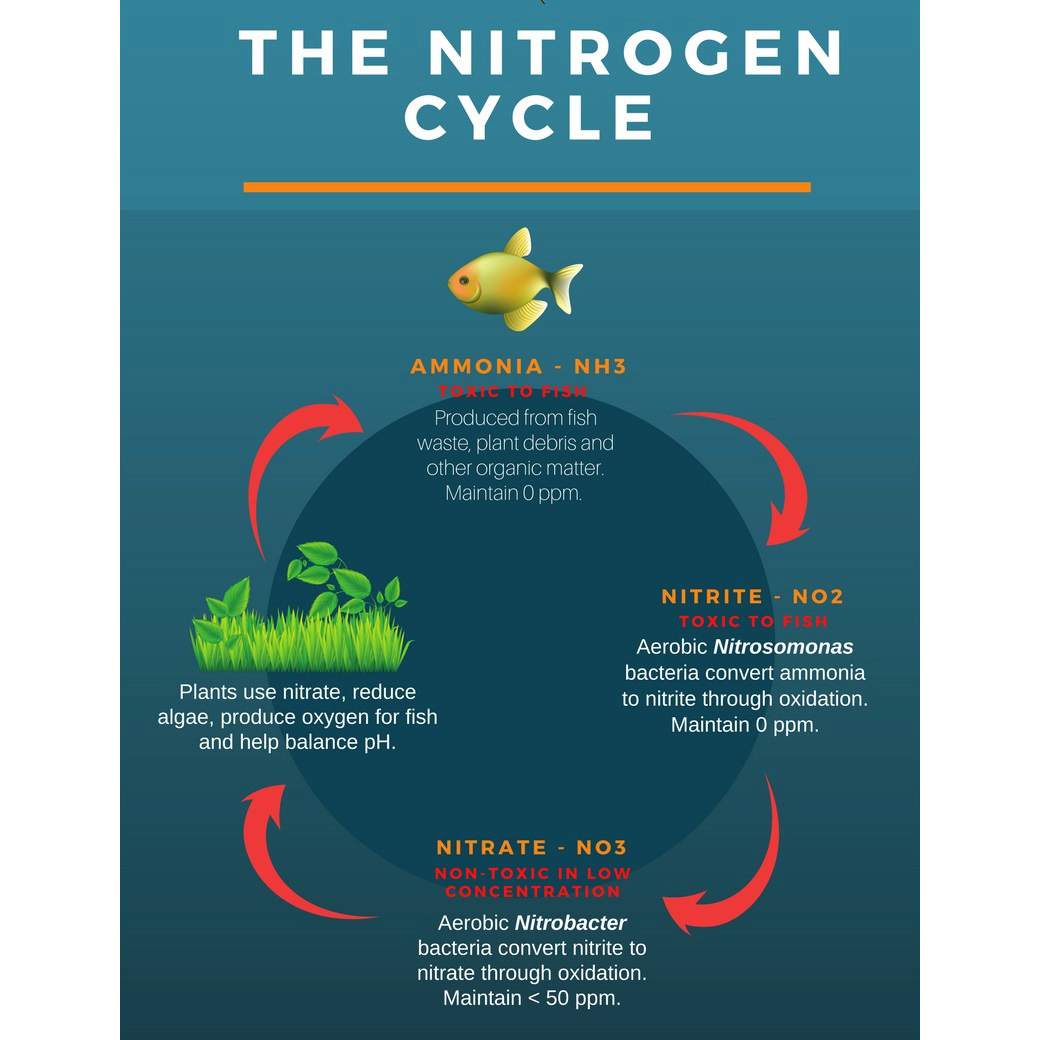Originally posted on May 10, 2023 @ 9:00 am
Last Updated on 7 months by admin
Are you tired of struggling to maintain a healthy freshwater aquarium? Do you find yourself constantly battling algae, sick fish, and murky water? Understanding the importance of water parameters is the key to a thriving aquarium ecosystem. In this ultimate guide, we will break down the essential water parameters, how to test and adjust them, and provide tips for maintaining a healthy and vibrant aquarium. Whether you are a beginner or an experienced hobbyist, this guide will equip you with the knowledge to create the optimal environment for your aquatic pets.
Maintaining proper water parameters is crucial for the health and well-being of your freshwater aquarium. The key parameters to monitor include temperature, pH, ammonia, nitrite, nitrate, and hardness. Regular water testing and appropriate adjustments using conditioners and additives can help keep these levels stable. It’s also important to perform regular water changes to remove excess waste and prevent harmful buildup. By understanding and monitoring these parameters, you can ensure a healthy and thriving aquarium environment for your fish and plants.

The Ultimate Guide to Understanding Freshwater Aquarium Water Parameters
Freshwater aquariums are a beautiful addition to any home or office, but maintaining the perfect environment for your fish can be a daunting task. One of the most important aspects of keeping a healthy and thriving aquarium is understanding the water parameters. In this ultimate guide, we will discuss the essential water parameters you need to monitor and how to maintain the ideal environment for your fish.
pH Level
Maintaining the right pH level is crucial for a healthy aquarium. The pH measures the acidity or alkalinity of the water on a scale between 0 and 14. A pH of 7 is considered neutral, while below 7 is acidic and above 7 is alkaline. Most freshwater fish thrive in a pH range of 6.5 to 7.5.
To maintain a stable pH level, you can use a pH testing kit to measure the water’s acidity regularly. If your pH level is too high or too low, you can add a pH buffer to adjust it. However, sudden changes in pH can be harmful to your fish, so it’s essential to make changes gradually.
Ammonia Level
Ammonia is a toxic substance that can harm your fish if the levels are too high. Ammonia is produced by fish waste, uneaten food, and decaying plant matter. The ideal ammonia level in an aquarium is 0 ppm (parts per million).
To measure the ammonia level, you can use a test kit. If your ammonia level is too high, you can perform a water change to dilute the concentration. You can also add beneficial bacteria to your aquarium, which will convert ammonia into less harmful nitrites and nitrates.
Nitrite Level
Nitrites are produced by beneficial bacteria that break down ammonia in your aquarium. While nitrites are less toxic than ammonia, high levels can still harm your fish. The ideal nitrite level in an aquarium is 0 ppm.
To maintain the nitrite level in your aquarium, you can perform regular water changes, add beneficial bacteria, and avoid overfeeding your fish.
Nitrate Level
Nitrate is the final product of the nitrogen cycle in your aquarium. While nitrate is less toxic than ammonia and nitrites, high levels can still harm your fish and promote algae growth. The ideal nitrate level in an aquarium is below 40 ppm.
To maintain the nitrate level in your aquarium, you can perform regular water changes, add live plants, and avoid overfeeding your fish.
Temperature
The temperature of your aquarium water is essential for your fish’s health and wellbeing. Most freshwater fish thrive in a temperature range of 72-78°F (22-26°C).
To maintain the temperature in your aquarium, you can use a heater and thermometer. It’s essential to avoid sudden temperature changes, which can stress your fish and harm their immune system.
Gh and Kh Levels
GH (general hardness) and KH (carbonate hardness) are measures of the dissolved minerals in your aquarium water. GH measures the amount of calcium and magnesium ions, while KH measures the buffering capacity of the water.
The ideal GH level for most freshwater fish is between 100 and 200 ppm, while the ideal KH level is between 100 and 150 ppm.
To maintain the GH and KH levels, you can use a test kit to measure the levels regularly. You can also add mineral supplements to your aquarium to increase the levels.
Chlorine and Chloramines
Chlorine and chloramines are added to tap water to disinfect it. However, these chemicals can harm your fish if not removed before adding the water to your aquarium.
To remove chlorine and chloramines, you can use a water conditioner. It’s essential to let the water sit for at least 24 hours before adding it to your aquarium to allow the chlorine and chloramines to evaporate.
Phosphates
Phosphates are a nutrient that can promote algae growth in your aquarium. While low levels of phosphates are essential for plant growth, high levels can harm your fish and promote algae growth.
To maintain the phosphate level in your aquarium, you can perform regular water changes, avoid overfeeding your fish, and use a phosphate remover.
Benefits of Monitoring Water Parameters
Monitoring the water parameters in your aquarium is essential for your fish’s health and wellbeing. By maintaining the ideal environment, you can reduce stress, prevent disease, and promote growth and reproduction.
Conclusion: Water Parameters in Freshwater Aquariums
Maintaining the ideal water parameters in your freshwater aquarium may seem overwhelming at first, but with regular monitoring and maintenance, it can be a rewarding experience. By understanding the essential water parameters and how to maintain them, you can create a beautiful and healthy environment for your fish to thrive.
Frequently Asked Questions
Here are the top five most commonly asked questions about freshwater aquarium water parameters:
1. What are water parameters and why are they important?
Water parameters refer to the chemical and physical characteristics of the water in your aquarium, including pH, temperature, ammonia, nitrite, and nitrate levels. These parameters are crucial to the health and well-being of your fish and other aquatic life.
Maintaining proper water parameters ensures that your fish have a safe and comfortable environment to live in, free from harmful toxins and stressors. It also helps to prevent disease and promotes healthy growth and reproduction.
2. How do I test my aquarium’s water parameters?
To test your aquarium’s water parameters, you’ll need a test kit specifically designed for freshwater aquariums. These kits typically include test strips or liquid reagents that you can use to measure pH, ammonia, nitrite, and nitrate levels.
To use a test kit, simply follow the instructions included in the package. Be sure to test your water regularly, at least once a week, to ensure that your aquarium’s parameters remain within the safe range for your fish.
3. What is the ideal pH level for a freshwater aquarium?
The ideal pH level for a freshwater aquarium varies depending on the type of fish and plants you have in your tank. In general, most freshwater fish prefer a pH range between 6.5 and 7.5, although some species may do well in slightly more acidic or alkaline water.
To maintain a stable pH level, avoid sudden changes in the water chemistry and perform regular water changes to remove any excess waste or debris.
4. How do I lower ammonia and nitrite levels in my aquarium?
High levels of ammonia and nitrite can be toxic to fish, causing stress, illness, and even death. To lower these levels, you’ll need to perform regular water changes and ensure that your filter is functioning properly.
You can also add beneficial bacteria supplements to your aquarium, which can help to break down ammonia and nitrite more efficiently. Avoid overfeeding your fish and be sure to remove any uneaten food from the tank to prevent excess waste from building up.
5. What should I do if my aquarium’s water parameters are out of range?
If your aquarium’s water parameters are out of range, take immediate action to correct the problem. This may involve performing a water change, adjusting the temperature or pH level, or adding supplements to the water.
Be sure to test your water regularly to monitor its parameters and adjust accordingly. If you’re unsure how to correct a problem, seek advice from a knowledgeable aquarium hobbyist or consult with a professional.

Aquarium pH, GH, and KH for BEGINNERS
In conclusion, understanding freshwater aquarium water parameters is crucial for maintaining a healthy and thriving environment for your aquatic pets. By regularly monitoring and adjusting these parameters, you can ensure that your fish and plants are receiving the ideal conditions they need to thrive.
Remember to test your water regularly and make adjustments as needed, such as adding water conditioner or adjusting pH levels. Don’t forget to keep up with regular water changes and proper filtration to keep your aquarium clean and healthy for your aquatic pets.
With the ultimate guide to understanding freshwater aquarium water parameters, you now have the knowledge and tools to create a beautiful and healthy aquatic environment for your beloved fish and plants. Happy fishkeeping!
